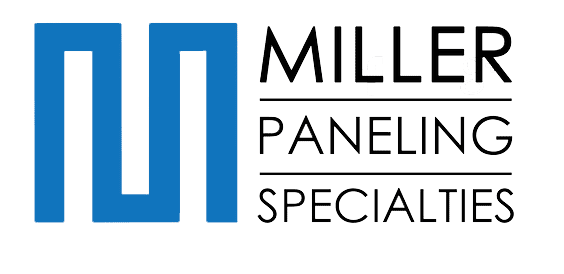Customizing FRP Panels for Specific Applications
Tailoring FRP Panels for Diverse Applications: A Customization Guide
Introduction
Fiberglass-Reinforced Plastic (FRP) panels are renowned for their versatility and adaptability. At Miller Paneling Specialties, we understand that each project has unique requirements. Customizing FRP panels to meet specific application needs is crucial for achieving optimal performance and aesthetics. This article explores the various customization options available for FRP panels installation and FRP installation, helping you make informed decisions for your projects.
1. Material Selection
The choice of materials plays a vital role in the performance of FRP panels. Depending on the application, you can select from a range of fibers such as glass, carbon, and aramid. Glass fibers are cost-effective and provide excellent durability, while carbon fibers offer superior strength-to-weight ratios. Aramid fibers are known for their impact resistance and thermal stability. Additionally, selecting the appropriate resin matrix, such as polyester, vinyl ester, or epoxy, ensures compatibility with the specific environmental conditions. Studies indicate that carbon fiber-reinforced composites can be up to five times stronger than steel, offering significant performance benefits.
2. Surface Finishes and Textures
Customizing the surface finish and texture of FRP panels enhances their functionality and appearance. Smooth finishes are ideal for hygienic environments, as they are easy to clean and maintain. Textured finishes provide slip resistance, making them suitable for flooring applications. UV-resistant coatings and fire-retardant additives can be incorporated to meet safety and regulatory requirements. According to market research, demand for textured and functional finishes in FRP panels has increased by 25% over the past five years.
3. Color and Design
FRP panels can be customized in a wide range of colors and designs to match the aesthetic preferences of your project. Color pigments can be added during the manufacturing process to achieve uniform and long-lasting coloration. Digital printing technology allows for intricate designs and patterns, making FRP panels a versatile choice for decorative applications. Custom-colored panels have seen a 15% increase in popularity for commercial installations.
4. Dimensional Customization
Tailoring the dimensions of FRP panels to fit specific project needs is essential for efficient installation. Panels can be manufactured in various sizes, shapes, and thicknesses to accommodate different structural requirements. Pre-fabricated panels with custom dimensions reduce onsite cutting and adjustments, speeding up the installation process. Dimensional customization can reduce installation time by up to 30%.
5. Functional Additions
Incorporating functional additions into FRP panels enhances their performance in specialized applications. For example, integrating insulation materials improves thermal and acoustic properties, making them suitable for building envelopes and soundproofing. Conductive fibers can be added to create electrically conductive panels for use in electronic enclosures and EMI shielding. The global market for insulated FRP panels is projected to grow at a CAGR of 6.8% over the next five years, driven by increasing demand for energy-efficient solutions.
Conclusion
Customizing FRP panels for specific applications ensures that they meet the unique demands of your projects. At Miller Paneling Specialties, we offer a wide range of customization options to help you achieve the desired performance, aesthetics, and functionality. By leveraging our expertise and innovative solutions, you can ensure that your FRP panels installation and FRP installation projects are tailored to perfection, embodying our promise of “Unlimited Expertise, Unmatched Scope.”
